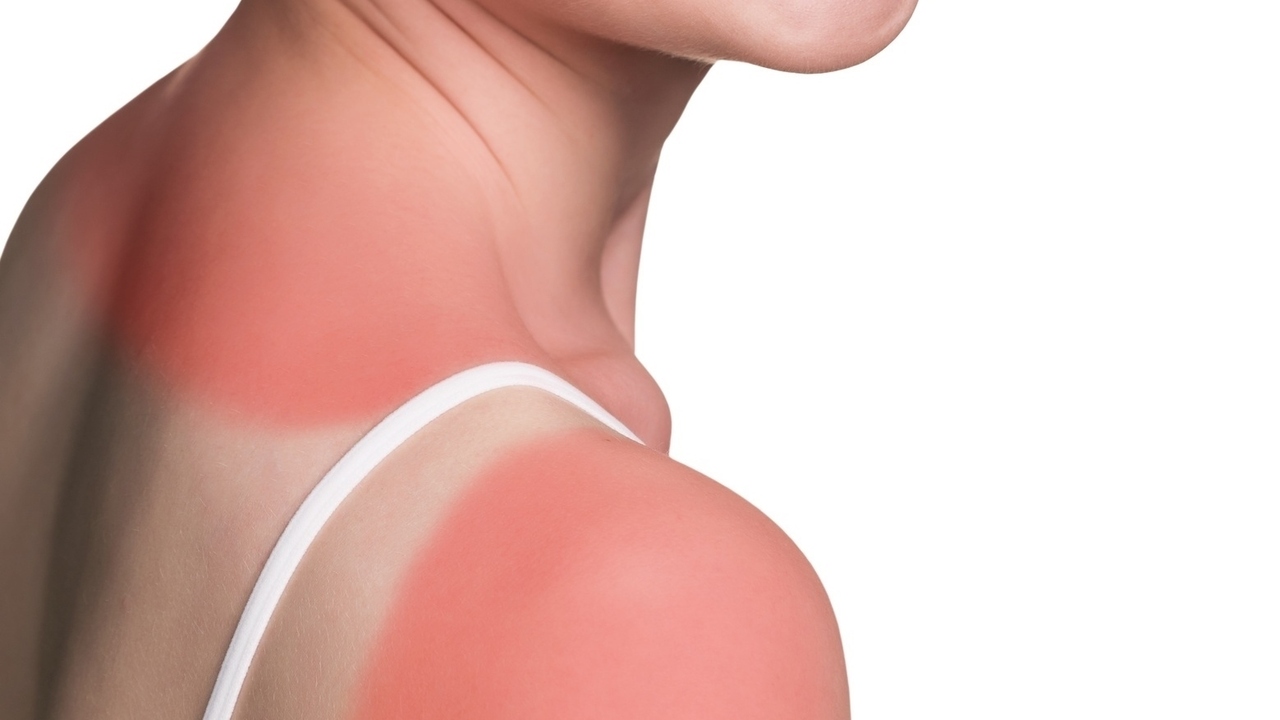 iStockphoto/Thinkstock
iStockphoto/Thinkstock
It's that time of year again. College students are leaving for Spring Break to warmer climes. Young working people often join them, reliving their student years while they still can.
And many, before leaving the cold and rainy winter weather, head to tanning salons to get a base (or full) color before they go.
Their reasons are because they don't want to burn on vacation, or look pale in a swimsuit. Being on Spring Break is all about tanning, partying and looking good!
What's not looking good is a report that skin cancer is on the rise, especially in younger people. Despite knowing the risks for many years now, young people, especially young women, are flocking to tanning salons and some are doing it year-round. Tanning salons offer monthly specials, all-you-can-tan deals and bring-a-friend incentives.
A study from the Mayo Clinic (published this month in the Mayo Clinic Proceedings) showed that skin cancer diagnosis among women has increased eight times between the years of 1970 and 2009. The increase is four times for men.
What is most concerning is that these diagnoses are being seen in young men and women between the ages of 18-39, rather than older adults who have spent a lifetime in the sun.
Three years ago, the International Agency of Research on Cancer declared tanning beds to be highly carcinogenic and as dangerous as cigarettes. They said that tanning beds are seven times more dangerous than the sun, in terms of cancer risks. They favor a ban on tanning beds.
Dr. Jerry Brewer, a dermatologist from the Mayo Clinic, said that people need to look out for signs of skin cancer. They should make note of "the ABCDE's" of skin cancer:
A — asymmetry: one side of a mole or dark spot looks different from the other side
B — border: instead of being circular or oval, the mole has a jagged edge
C — color: the mole has more than one color, a dark area, a light area or the colors red, white or blue within it
D — diameter: the mole is larger than 6 mm across, roughly the size of a pencil eraser
E — evolution: any other changes are noted in the mole, even if the change can’t be categorized by A, B, C or D, above. Any itching or bleeding in a mole is also important.
EmpowHER's Skin Cancer page also has advice for those concerned about skin cancer and how to prevent it if possible (not all skin cancers are sun/tanning bed related):
■Avoid spending too much time in the sun.
■Protect your skin from the sun with clothing, including a shirt, sunglasses, and a hat with a broad brim.
■Use sunscreens with a sun protection factor (SPF) of 15 or more on skin that will be exposed to the sun.
■Avoid exposing your skin to the sun between 10 a.m. - 2 p.m. standard time, or 11 a.m. - 3 p.m. daylight saving time.
■Don't use sun lamps or tanning booths.
Take the following precautions to find skin cancer early:
■If you have any of the symptoms listed above, have your skin examined by a doctor.
■If you have fair skin, have your skin checked by a doctor.
■Learn how to do a skin self-exam.
Dr. Brewer also reminds us that while skin cancer can be fatal, survival rates are getting better. Early detection is key.
Fake tans can be a great and far safer option. A spray tan costs between $20 and $50 and lasts about a week. Great for a vacation or special occasion.
Fake tanning products that generally contain moisturizers can be found at a drug store ranging from $8 to $40 and the cheaper ones work very well.
They take a few days to show up on the skin (and skin should always be exfoliated before use) but once a tan has been built, an application every other day and a weekly exfoliation can ensure a safe tan all summer long.
Don't forget that regular application of sunscreen (Factor 30 and above) is very important every day and not just in summer. But when on the beach or exposed to the sun on a consistent basis, using sunscreen should be a normal part of one's day.
And never think a change in skin is nothing to worry about. While it may well end up being nothing, changes should always been checked out.
SOURCES:
Time Healthland. "Study Finds Dramatic Rise in Skin Cancer Among Young Adults". Web. Wednesday April 4, 2012.
http://healthland.time.com/2012/04/02/study-finds-dramatic-rise-in-skin-...
http://healthland.time.com/2012/04/02/study-finds-dramatic-rise-in-skin-...
EmpowHER.com. Skin Cancer. Prevention. Web. Wednesday April 4, 2012. https://www.empowher.com/condition/skin-cancer/prevention
Reviewed April 5, 2012
by Michele Blacksberg RN
Edited by Jody Smith





Add a Comment1 Comments
it's true that skin cancer increasing on young.
October 11, 2012 - 10:40amThis Comment